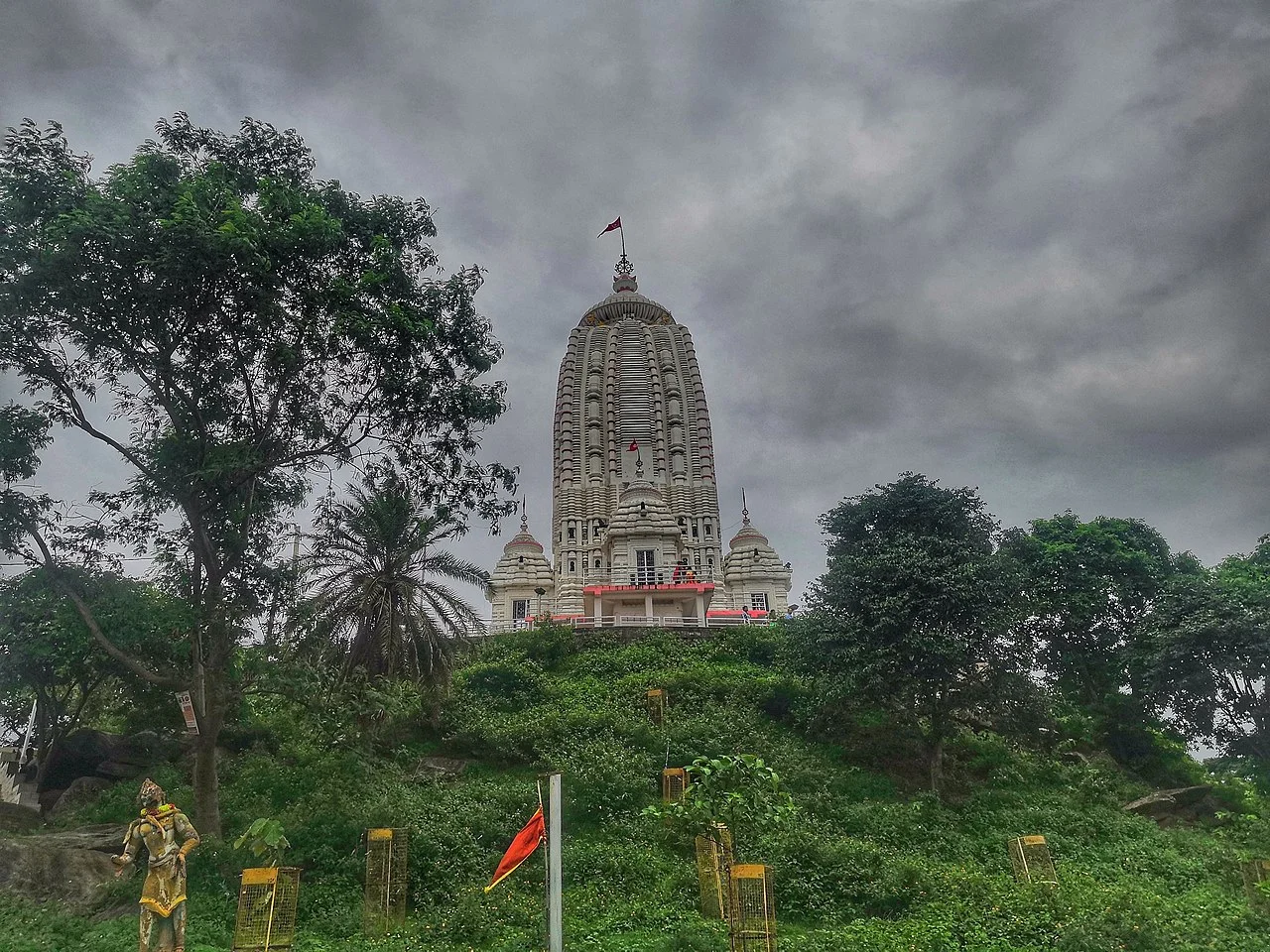The oldest evidence of the use of various iron slags, potting sheds and iron tools was found in the Chota Nagpur region around 1400 BC. C. The Magadha Empire exercised indirect control over the territory, which lasted until the reign of Ashoka. Samudra Gupta's armies passed through the region during his expedition to the Deccan. In the 4th century AD, King Nagvanshi Raja Pratap Rai chose Chutia as his capital, which is now a place in Ranchi. Few Chutia ruins date back to the 2nd century AD. With the expansion of the Mughal Empire, the sovereign status of the Nagvanshi dynasty was technically compromised, but they continued to rule and rule independently. Thakur Ani Nath Shahdeo made Satranji the capital of the Barkagarh estate near the Subarnarekha river. He built the Jagannath temple in 1691.
After the Battle of Buxar, Nagvanshi became a vassal of the East India Company. The British reduced the Nagvanshi rulers to Jamindar in 1817 due to the revolt of the Jagirdars under Nagvanshi against the taxes of the East India Company and ruled Chotanagpur directly. In 1833, Captain Wilkinson established the headquarters of the South West Frontier Agency in the village of Kishunpur, which he renamed Ranchi after the village at the foot of the hill. In 1855, Thakur Vishwanath Shahdeo declared independence from British rule. The British attacked Satranji but he defeated the British forces. He ruled independently for two years. During the Indian Rebellion of 1857, Thakur Vishwanath Shahdeo led the soldiers of the Ramgarh Battalion with Madhav Singh, who was Jamadar of the Ramgarh Battalion. Pandey Ganpat Rai, Tikait Umrao Singh and Sheikh Bhikhari also joined the rebellion. They attacked the British at Ranchi and were forced to flee from them. But they were later defeated by the East India Company forces at Chatra and at Pithuriya with the help of Pithuriya king Jagatpal Singh and hanged. The British converted Ranchi into a municipality in 1869 and Ranchi was first mentioned as a city in the census of 1872. Nagvanshi moved his capital from Palkot to Ratu in 1870. Udai Pratap Nath Shah Deo built the Ratu Palace in Ratu in 1900. He donated large tracts of land to build the city's infrastructure. Freedom fighter Birsa Munda died in Ranchi jail on June 9, 1900. In 1912, Jyotirindranath Tagore, the elder brother of Rabindranath Tagore, settled in Ranchi. Tagore Hill, where his house was located, is named after him in his memory. The last ruler of the Nagvanshi dynasty was Lal Chintamani Sharan Nath Shahdeo (1931-2014).

